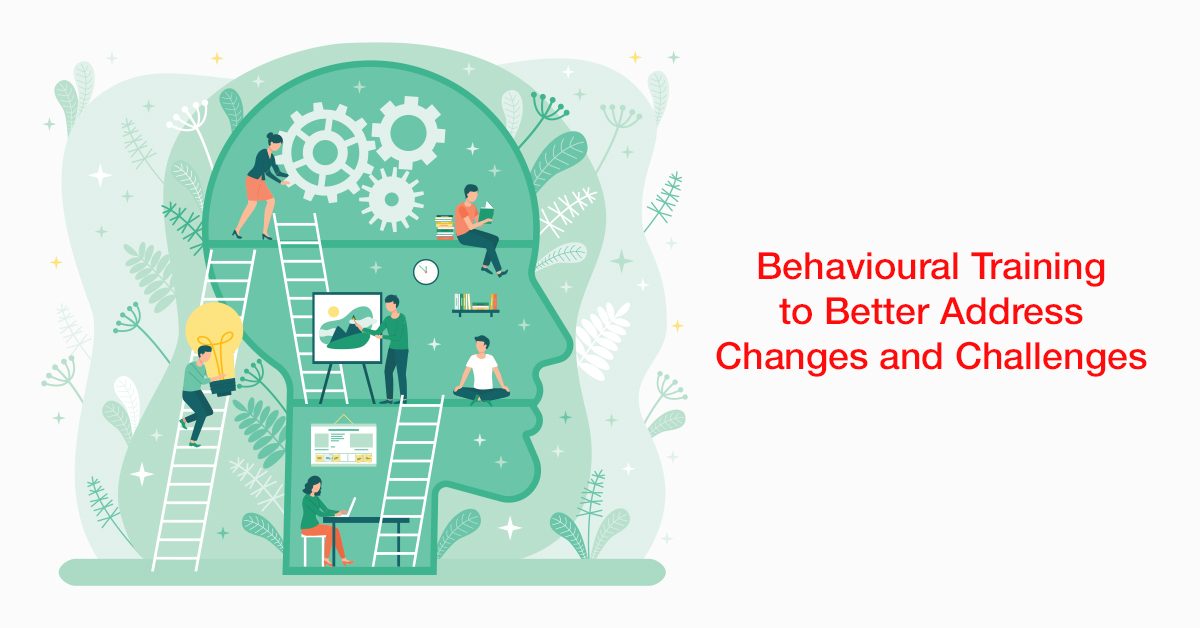
Engaged learners are motivated, inspired, and willing to invest their personal time in learning and development. But the catch here is how do you make your eLearning courses highly engaging to motivate your learners? Companies invest huge amounts of money in creating or buying courses but due to lack of learner engagement, it could all go to waste.
To make sure your learners are motivated all the time and continue to learn even on their time off from work/ in between shifts, we’ve come up with some handy pointers.
Define Clear Learning Objectives
Learners tend to perform better and take initiative to learn when they have a clear set of learning objectives to measure their progress. It is one of the essentials that can help you capture their attention from the word go.
To set the learning objectives, understand the learner’s broader development needs and also, their micro needs. Surveys are a great way to understand their previous learning experiences, what worked and what did not. Conduct research to collect data around what works for learners and what does not. Likewise, be clear about what the gaps in their skills are and what they expect from an eLearning course. Remember, every learner will come with a unique set of needs and therefore, your course should fulfill their personal goals to whatever extent possible. Personalization is the key.
Add Creative Course Content
One of the reasons why learners tend to discontinue learning after some time is because of boredom. Hence, it is important to develop and deliver course content that is intuitive, engaging, innovative, contextual, and creative thus increasing motivation to take online training. This will help retain their interest levels. Make the learning more and more adaptive. Using interactivities, games, and modern technology like AR and VR can increase the fun and engagement level of the course content. This will make the course user-friendly, self-explanatory, and easy to consume even for those with limited tech skills. For instance, gamification in the learning process makes it easy to learn and retain knowledge while driving learners to get involved with the game-like aspects. It’s also worth experimenting with a wide range of content formats such as interactive videos.
Use Newer Strategies for Learner-Engagement
It is all about convenience. More often than not, the job roles of learners leave them with less time to brush-up a concept. Think of the retail sector, where employees are expected to attend to customers all the time. Some of them have long shifts, making them yearn for more personal time. This is where convenience becomes the key to engage learners. Learning stations can be set up at nooks and break rooms and employees can access them. But why would they? The key is providing them information that helps them do their jobs better. Setting the learning in context makes it valuable. Then the task is to make it easy to consume.
For instance, the course could offer learning materials by breaking up the content in small and easily digestible chunks such as infographics, interactive videos, quizzes, templates, checklists, etc.
Reward the Learners
It’s worth considering creating a rewards-based system, which can encourage engagement from learners. It is one of the best ways to acknowledge their efforts and motivate them to take the initiative to learn at their own time. Of course, it’s important to understand what motivates them.
There are multiple tactics that could be employed. For instance, something as simple as a progress bar that lets them keep a track of their course completion. Other measures can be peer-to-peer competition or opting for incorporating leaderboards, certificates, badges, etc. For instance, learners can complete a piece of the course and earn a badge. After collecting a certain number of badges, they can proceed to get a certificate and so on. And since employees like to add course certificates to their work profile on platforms like LinkedIn, make it a point to get them signed by an authority figure. This makes the certificates more valuable.
Alternatively, you can also give them real-world rewards such as a promotion, performance bonus, paid time-offs, discount coupons, membership cards, etc. You get the drift!
Create Open Communication Channels
In all this, it’s critically important to create and maintain open communication channels. Always make it a point to design your courses with communication as the priority. Allow your learners to give feedback on the courses. Ensure that these are acknowledged and responded to at the earliest. A learning community could play a great motivating role. You could also include an open forum in the course, for example, which can be used for casual discussions, peer learning or asking general queries. This will surely encourage the learners to engage with the course.
Motivation is a Continuous Process
All said and done, remember that motivating learners is a continuous process. Make it a point to motivate them all the time, throughout the course. The aim is to hit the sweet spot where learners are engaged and motivated. That’s when the learners will also believe that learning is a continuous process -irrespective of the work hours.

Here are some quick reminders for your eLearning courses to be interesting:
-
Keep the content conversational.
-
Insert conceptual graphics, videos, quizzes, assessments, games, etc.
-
Design bite-sized courses.
-
Validate learning with questions along the way.
-
Appreciate your learner’s efforts as reinforcements to boost their engagement.
We believe in building engaging and learner-friendly content by stepping in the learner’s shoes. If you are looking to create meaningful courses with consumable chunks of information to hold the interest and motivate learners to learn more, your quest is over! Talk to our team of wizards to get some mind-boggling ideas now!






